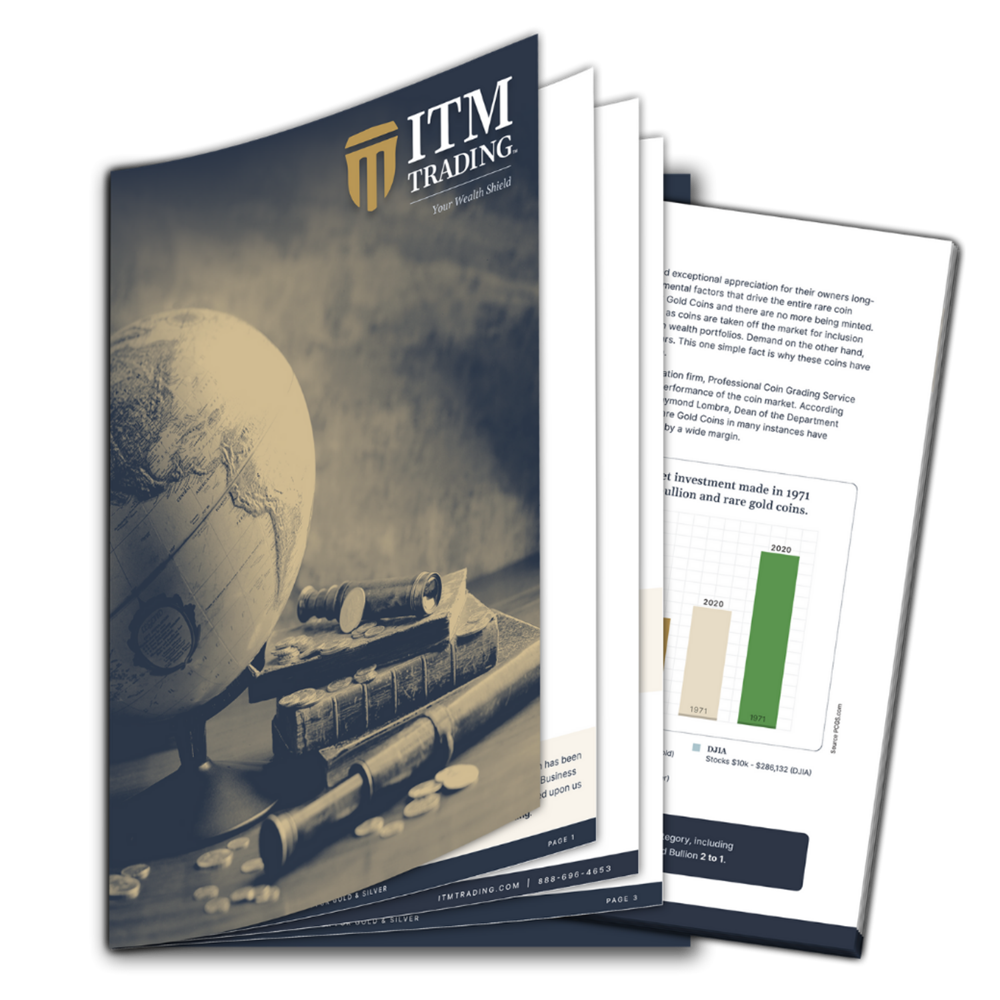Double Eagles: A Tale of the Twenty Dollar Gold Coin

Double Eagles: A Tale of the Twenty Dollar Gold Coin
Did you know that the US Mint started issuing the twenty dollar gold coin in February 1849? From August 16-20, 2011, historic and awe inspiring ‘National Treasures’ from the Smithsonian Institution will be displayed in the Chicago area at the American Numismatic Association World’s Fair of Money: these will include the legendary twenty dollar gold coin. There will be a special Smithsonian exhibit, “Good as Gold: America’s Double Eagles”.
“Money is history you can hold in your hands,” said association President Clifford Mishler of Iola, Wisconsin. “You can see everything from a half-cent to a $100,000 bill at this event, even a $2.5 million 1913 Liberty nickel a Milwaukee man used to carry in his pocket to show to strangers.”
“It’s a once-in-a-lifetime opportunity for many people to see these extraordinary, valuable treasures in person,” said Larry Shepherd, Executive Director of the nonprofit, 30,000-member American Numismatic Association. The Congressionally chartered association is dedicated to educating and encouraging people to study and collect money and related items.
Twenty Dollar Gold Coin and What It Means Today
The twenty dollar gold coin is among the rarest of US coins. Its history is more than 150 years old and its reasons for issue equally historic. The legendary discovery of gold in California is one of the reasons for its issue. The Gold Rush created a constant supply of gold which then subsequently reached the US Mint in Philadelphia. The Mint decided to issue larger denominations of the gold coins. It was decided that $20 coins would be issued instead of the traditional $10 ones. Congress authorized this action in February 1849. The first twenty dollar gold coin was created by Chief Engraver James Barton Longacre.
The twenty dollar gold coin had two trial patterns. The first pattern was stuck on March 12, 1850 but strangely it bears the date 1849. The second pattern was never found. Two sets of design types were finally issued: the Liberty and the Saint Gaudens type. The Liberty or the Coronet Head features the bust of Lady Liberty facing to the left on the obverse type. The reverse side featured an eagle with sun rays and stars. It was made from 1849 to 1907. Saint Gaudens featured a standing figure of Lady Liberty on the side bearing the date and a flying eagle on the reverse side. It was named after its designer and made from 1907 to 1933. Mint marks are found on St Gaudens type below the date while they are found on the reverse, just below the eagle, on the Liberty type.
This coin was the first of many twenty dollar coins that were to be issued in time. They were popularly nicknamed as “Double Eagles” because the ten dollar gold coins were known as “Eagles." Many of these large, weighing nearly an ounce, were used as “workhorse” coins. This meant that they were used to exchange gold in international financial markets as well as in the US banking system. Incidentally, they were the largest, regular issue gold coins made by the US Mint.
President Franklin Roosevelt issued Executive Order 6260 ordering that the US gold coins be turned into cash during the height of the Great Depression in 1933. The twenty dollar gold coins were to be melted and converted into gold bullion. The ones that were hidden away or outside the United States managed to escape the conversion. In 2002, one surviving “Double Eagle” coin, the 1933 Saint Gaudens was auctioned at a staggering price of $7.59 million. As you can imagine, the twenty dollar gold coins that exist today are a small fraction of the original number.














